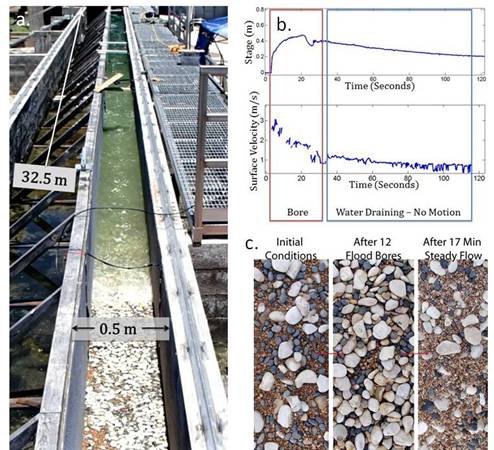58th Annual Report on Research 2013 Under Sponsorship of the ACS Petroleum Research Fund
Reports: DNI850789-DNI8: Evaluating Why Flash Floods are Different: An Experimental Investigation of Sediment Transport and Sorting by Rapidly Changing Hydrographs
Joel P. L. Johnson, PhD, University of Texas (Austin)

Copyright © 2014 American Chemical Society











